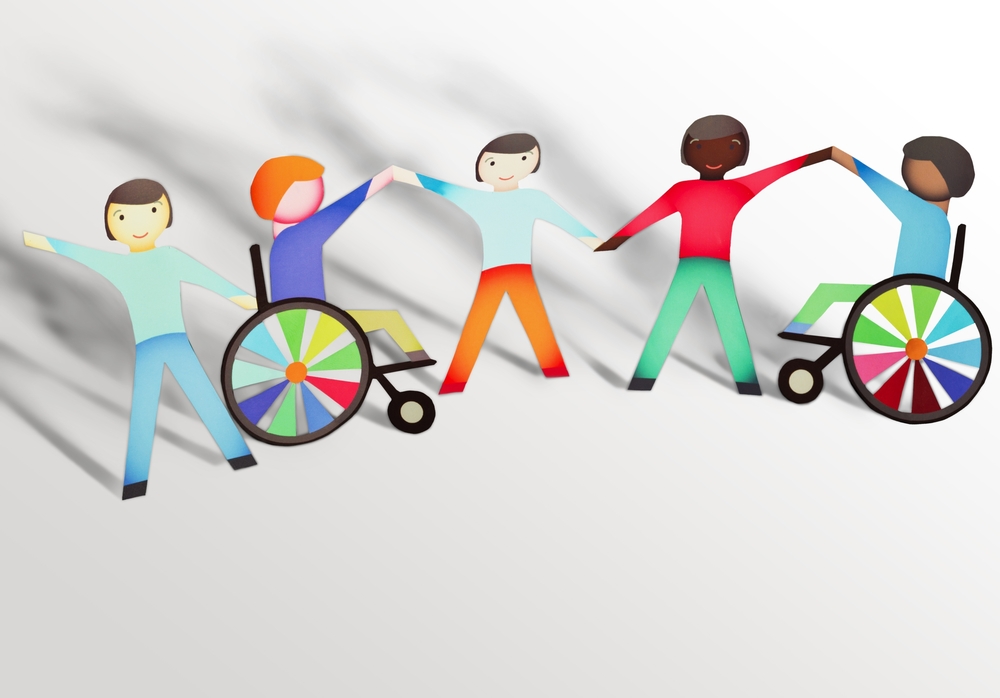In this edition, we will explore a topic of utmost importance – creating a culture of disability inclusion. Building an inclusive workplace where individuals with disabilities feel valued, respected, and empowered not only benefits employees but also enhances organizational success.In this article, I will share key strategies for building a strong culture of disability inclusion.
- Start with Leadership Commitment:
Creating a culture of disability inclusion begins at the top. Leaders must demonstrate a genuine commitment to disability inclusion and communicate it clearly throughout the organization. By setting a positive example, leaders inspire others to embrace diversity and inclusion as core values.
- Develop Inclusive Policies and Practices:
Establishing inclusive policies and practices is crucial. Review existing policies and ensure they reflect a commitment to disability inclusion. Consider implementing policies such as reasonable accommodations, flexible work arrangements, and accessible communication channels. These initiatives promote equal opportunities and support employees of all abilities.
- Educate and Train Employees:
Education and training play a pivotal role in fostering disability inclusion. Conduct workshops and training sessions to raise awareness about disabilities, debunk stereotypes, and promote empathy. Encourage employees to participate in disability sensitivity training, which can enhance understanding and create a more inclusive work environment.
- Accommodations and Accessibility
Create an environment that is accessible and accommodating for employees with disabilities. Conduct accessibility audits to identify and address physical, digital, and communication barriers. Provide reasonable accommodations based on employees’ individual needs to ensure equal opportunities for participation and advancement.
- Create Employee Resource Groups (ERGs):
Employee Resource Groups focused on disability inclusion provide a platform for employees to connect, share experiences, and collaborate on initiatives. ERGs can organize awareness campaigns, educational events, and networking opportunities. They empower individuals with disabilities to have a voice and drive positive change within the organization.
- Foster Inclusive Communication:
Communication is key to building an inclusive culture. Ensure that communication channels, both internal and external, are accessible to all employees. Use plain language, provide captioning or transcripts for videos, and consider multiple formats for disseminating information. Encourage open and inclusive discussions about disabilities to break down barriers and foster understanding.
- Promote Career Development Opportunities:
Creating a culture of disability inclusion involves providing equal access to career development opportunities. Offer training programs, mentoring, and coaching initiatives that support the growth and advancement of employees with disabilities. Recognize their skills, talents, and contributions, and provide them with avenues to showcase their abilities.
- Engage in Disability Hiring Initiatives:
Actively engaging in disability hiring initiatives sends a powerful message about your commitment to inclusion. Collaborate with disability-focused organizations, attend job fairs targeted towards individuals with disabilities, and ensure your recruitment process is accessible and unbiased. By diversifying your talent pool, you enrich your organization with unique perspectives and skills.
- Celebrate Disability Pride:
Take the opportunity to celebrate disability pride and awareness. Commemorate events like the International Day of Persons with Disabilities or Disability Employment Awareness Month. Encourage employees to share their stories and experiences, showcasing their achievements and contributions. Such celebrations promote a positive narrative around disabilities and highlight the value of inclusion.
10. External Engagement:
Extend disability inclusion efforts beyond the workplace by engaging with external stakeholders. Collaborate with disability-focused organizations, participate in community events, and support initiatives that promote inclusion. By actively engaging with the broader community, organizations can contribute to a more inclusive society.
Conclusion:
Creating a culture of disability inclusion requires intentional effort and a commitment to ongoing improvement. By implementing the strategies outlined above, organizations can foster a workplace where individuals with disabilities can thrive, contribute, and feel valued. Together, let’s build an inclusive future where everyone, regardless of their abilities, can reach their full potential.
Building a culture of disability inclusion requires ongoing commitment, continuous learning, and a willingness to adapt. It is a journey that involves everyone in the organization, from leaders to individual contributors. Let’s work together to create workplaces where individuals with disabilities can thrive, contribute their unique talents, and make a lasting impact.
If you have any questions or would like to share your experiences with disability inclusion, please feel free to reach out to me at BookTrish.com

